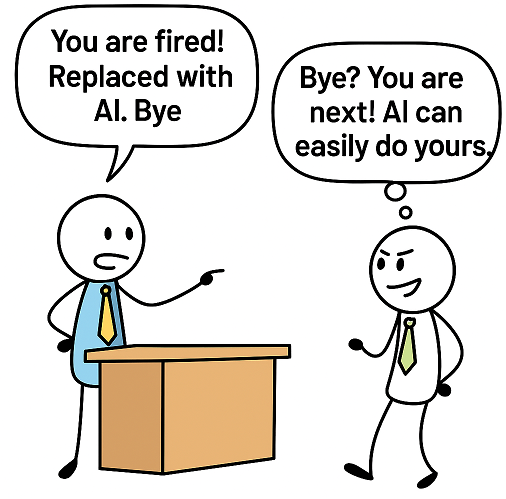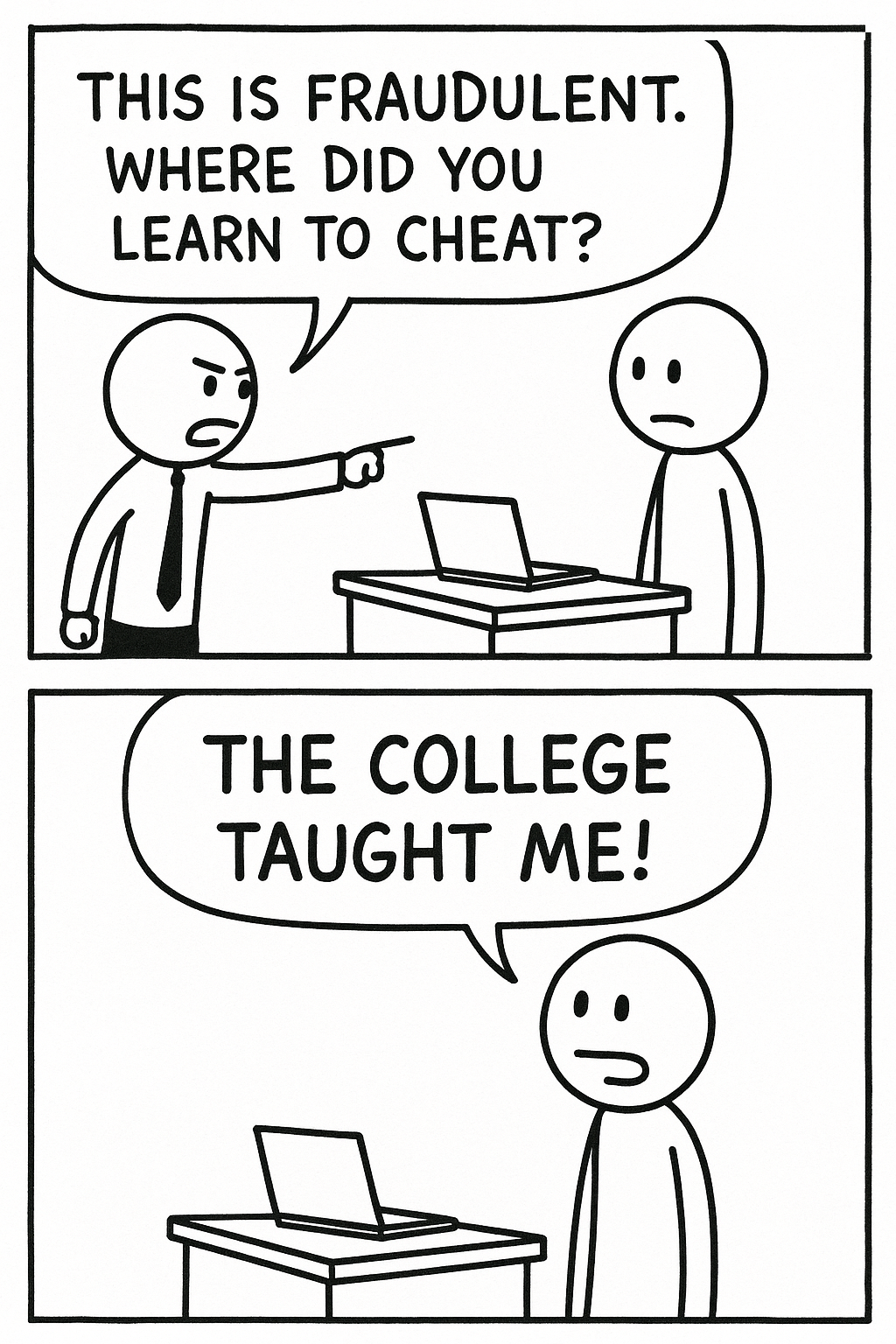I have been saying Having a good IQ helps but discipline, planning, and consistent hard work drive results for a long time. So I created a new metric – “HighQscore.”
What is HighQscore?
HighQscore is a new index designed to redefine how we measure potential. Unlike traditional intelligence metrics such as IQ, which only focus on raw cognitive ability, HighQscore captures the key factors that lead to real-world achievement:
- Planning: Creating a clear, actionable plan for your future.
- Hard Work: Consistent effort toward your goals, regardless of obstacles.
- Discipline: Sticking to your plan even when the going gets tough.
Why HighQscore Matters
Success in life isn’t determined by intelligence alone. In a world that values productivity and results, the ability to stick to a well-thought-out plan and work hard is what sets high achievers apart.
HighQscore is for those who believe:
- Discipline beats intelligence.
- Consistency trumps talent.
- A plan in motion outperforms potential.
This new index shifts the focus away from raw intellect and academic degrees and toward the actionable qualities that lead to real-world progress: determination, good habits, hard-work, discipline, and resilience.
HighQscore is more than just a number—it represents a mindset. Using traditional intelligence metrics to measure people’s potential has too many limitations and hence HighQscore embraces a measure that truly reflects paths to success. It is an index for achievers, the curious, and the doers who understand that life rewards those who plan, work hard, and persevere. In the future, HighQscore will be a more accurate measure of people’s potential and likelihood of success than IQ.
We don’t have to be smarter than others, just be more disciplined! – Warren Buffett










